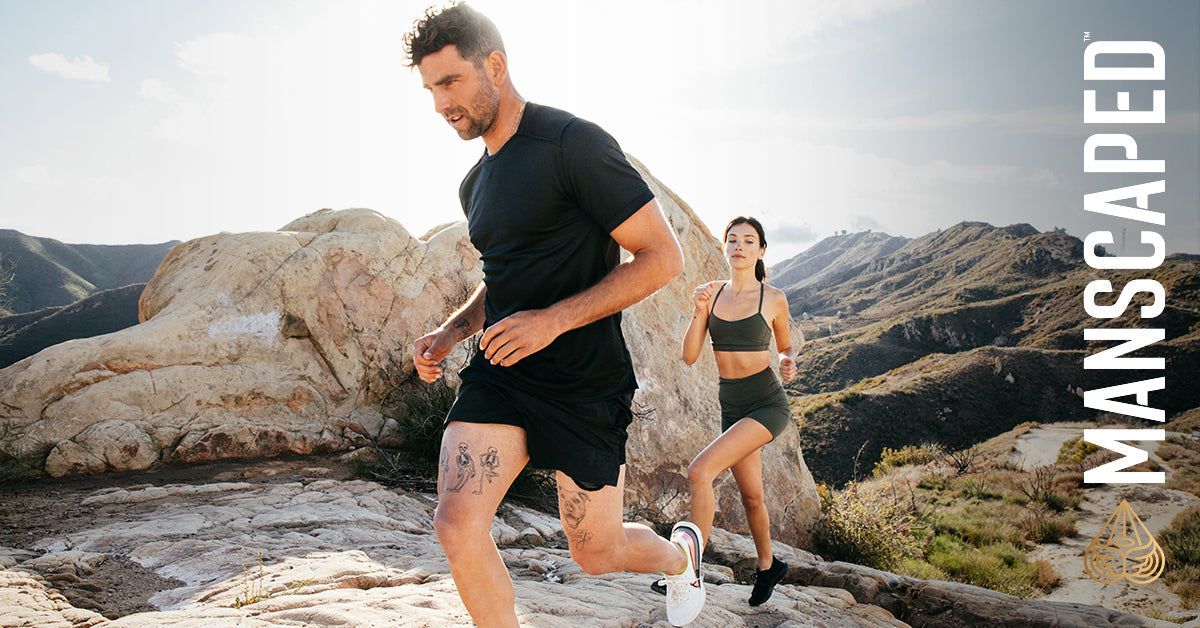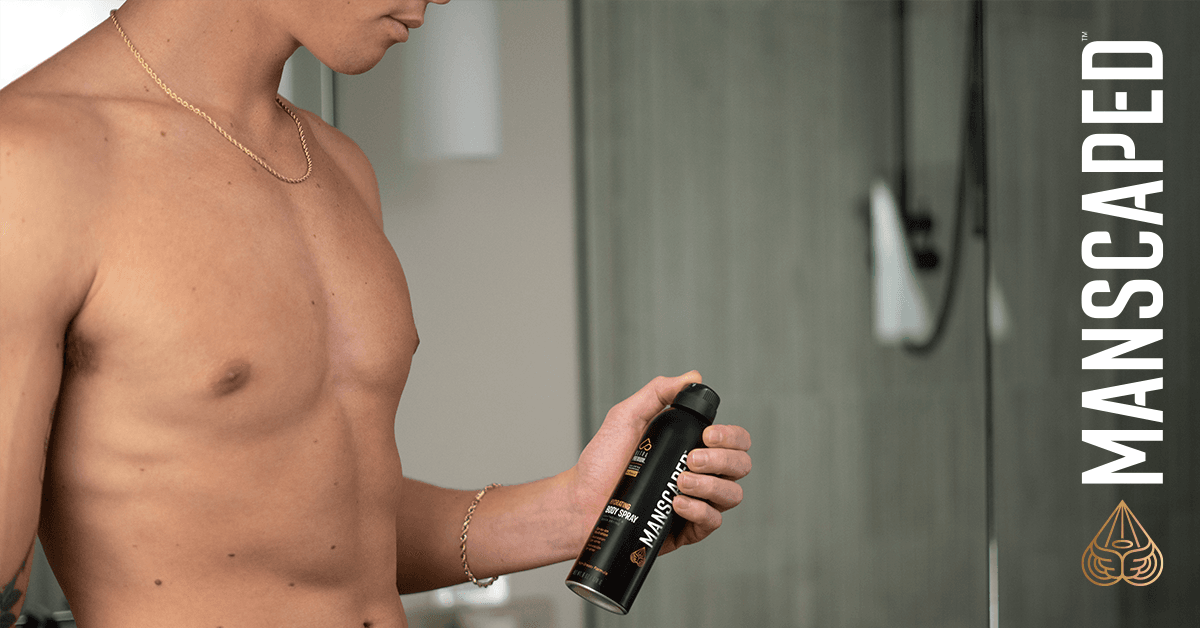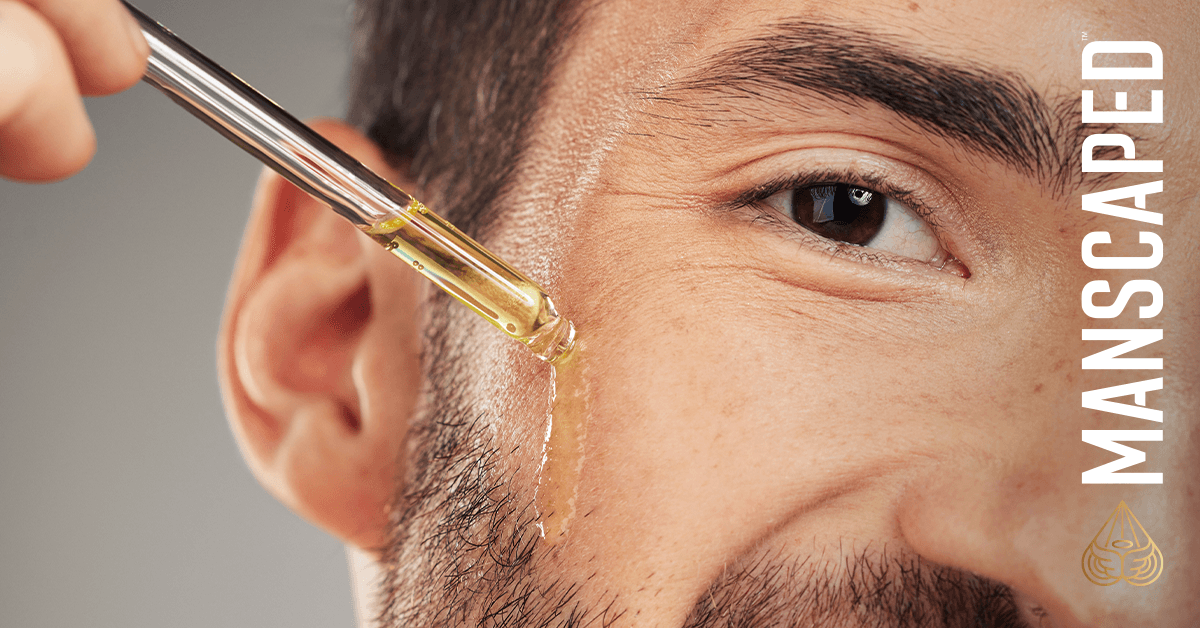
It’s good that you want to work on your fitness. No one is ever perfect about staying healthy. Unless you work out for a living, it can be hard to find the time and energy, and we all have lapses. Still, any motivation is enough to get back on the wagon and make some progress, but you’ll have more success when you improve your knowledge of fitness.
Today, we want to talk about cardio. It’s essential to your health, and you can’t lose weight or gain muscle very reliably without it. You’ve heard the phrase plenty, but what is cardio? Technically speaking, any exercise raises your heart rate — typically to 120 to 150 beats per minute.
So, knowing that, how much cardio do you really need? The answer to that depends on your goals, and we’re going to cover all of them.

Cardio for your general health
The CDC has well-developed guidelines for cardio exercise and your general health. They have studied this at length, and they conclude that 150 minutes a week of medium exercise is enough to be healthy. If you want to save time, you can go for 75 minutes each week of intense exercise such as hiking. That comes out to 30 minutes a day of medium cardio (5 days a week) or 15 minutes a day of intense cardio. You can certainly do more, but this is the minimum goal to be healthy.
So, what constitutes medium or intense cardio? A brisk walk is enough to hit the medium cardio metric. It should be enough to get your heart rate up to around 120 beats per minute and keep it there until your walk is finished. Intense exercise will be like running or jogging, and it should be able to keep your heart rate around 150 beats per minute.
You can also mix and match these exercises. Running two days a week and walking the rest, for instance, is fine.
The last thing to note is that the CDC recommends pairing this amount of cardio with two or more days a week where you do strength training.
Cardio for losing weight
So, we have a minimum baseline, but how much cardio do you need to lose weight? We want to be sexy guys, so how much running is necessary?
The answer to this is better understood with a little science. Cardio is excellent for weight loss, but only when you understand how to apply it. Have you ever thought about how you actually lose weight? It technically stems from having a calorie deficit. If you eat fewer calories than you burn, your weight goes down. So, exercises that burn calories help with this, and cardio is decent at burning calories. Running a few times a week doesn’t mean you can eat whatever you want and lose weight, but it’s one of the best ways to burn extra calories.
There’s something else to consider. When you do lose weight, where does the weight go? How does it leave your body? There are a lot of answers to this. You can lose some weight from sweating and other bodily functions, but most of the mass leaves your body through breathing when it comes to sustained weight loss. It’s kinda weird to think about, but you breathe in oxygen and breathe out carbon dioxide. That extra carbon is left over when your cells produce the chemical energy that lets them function. You breathe it out, and over enough breaths, you lose weight. Keeping this in mind, exercises that make you breathe hard are good for weight loss (although calorie deficit matters the most).
So, how much cardio do you need to lose weight? For most guys, you’ll see sustainable weight loss if you double the CDC recommendations. That’s an hour a day of light exercise or 30 minutes a day of intense cardio. You can still mix and match, and you still want to pair it with strength training.

Cardio for gaining weight
What if you’re trying to bulk up and gain muscle? That means you should skip the cardio, right? It burns too many calories, no? This sentiment is understandable, but it is plain wrong. When you look at competition weightlifters and bodybuilders, they frequently do cardio, and there are important reasons for that. The first is that cardio is good for staying lean. Weight training is essential for gaining muscle and body mass, but cardio keeps those gains lean.
Cardio is also important to ensure that your heart and lungs are healthy enough to sustain your gains. It turns out that competition lifters tend to do 30 to 40 minutes of cardio a day, 3 to 4 times a week. Keep in mind that this is high-intensity cardio, so they are exceeding those CDC recommendations we mentioned.
Here’s the bottom line. If you’re lifting, you don’t need hours and hours of cardio to gain muscle, but you still need a healthy amount to sustain your muscle gains.
Cardio for building muscle
If you’re trying to build strength but not necessarily gain weight, cardio is still important. The general recommendation is to hike up the intensity around what we said is good for losing weight. This amount of cardio helps your muscles recover by increasing oxygen processing and efficiency. It also helps your body cycle and removes chemical waste that is produced in anaerobic workouts. And, as we already mentioned, cardio helps your muscle gains stay lean.
The best ways to get cardio
We’ve been mentioning running, but it is not the only way to get good cardio exercise. Remember that the goal of cardio is to raise your heart rate and keep it up for a while. That’s it. There are tons of ways to do that, so we’re going to list some of the most accessible. You should feel free to get creative with your cardio workouts.

Running
Let’s get this out of the way. Jogging and running are amazing for cardio. They’re super accessible. No matter where you live, you can go outside and run. All you need is legs, and you’re good. If nothing else, run a couple of times a week, and you’ll see health and fitness improvements.
Walking
Walking is also good for cardio. It’s amazing for sustained, medium-intensity cardio. If you’re looking for general fitness, walking is all you need, and it’s every bit as accessible as running. If you’re trying to lose weight and/or gain muscle, then you want to ratchet up the intensity a little. Sub in hikes for walks that have elevation change. If that isn’t feasible, start hiking stairs. They’ll get your heart rate up, and you’ll notice results pretty quickly.
HIIT
HITT stands for high-intensity interval training, and it is immensely popular. The idea is that you do a workout that pushes you as hard as you can go for a short time. You then throttle down to a walk or other low-intensity effort to recover. Then you jack your effort back up to high-intensity settings again. This cycle is repeated throughout the workout.
HIIT is not entirely intuitive, and the easiest way to get into it is with a workout program. There are many, and any will teach you the way to go about it. Once you have the concepts down, you can come up with your own HIIT workouts, and they can be pretty fun.
Sports
Not all sports are created equal, but when you put your fitness against another person, you’re going to get a great workout. Soccer, basketball, football, tennis, and countless other sports are a great way to get an amazing workout and have a lot of fun. Because they involve other people, they also create peer pressure that keeps you going back and sustaining your workout regime. In fact, a lot of sports effectively function like HIIT workouts.
Fitness programs
There are tons of programs that are designed to help you with your fitness. You can do video workouts in your living room. You can go to classes at the gym. You can join a local fitness group that goes on walks, hikes, or runs together. There is no shortage of support and help out there, so if you need some external motivation to keep up with your workouts, it’s available.
Let’s recap. Cardio is essential to your health and fitness, and keeping up with it will make you feel good and fit. At a minimum, you need an hour and a half of light cardio each week. If you want to be lean and fit, you want to double that (or double the intensity). Pair it with some regular strength training, and you’ll look great, feel even better and achieve high levels of health and fitness.
Prevent the chafe
And while you're out there getting your workout on, help prevent the chafe that often accompanies vigorous activity like running or HIIT by sporting Manscaped™ Boxers. With a microfiber blend designed to keep high friction areas cool and a no-roll waistband for maximum support below the waist, the grooming gurus at Manscaped created these boxers to help reduce the risk of the dreaded “swamp crotch”04.28.21
Share

Featured Articles
- Your Favorite Ball Deodorant. Now with a New Scent: Perservere.MANSCAPED® + TCS for Testicular Cancer Awareness MonthIntroducing The Lawn Mower® 5.0 Ultra TCS Special Edition and TCS Ball Hero BundleThe Dome Shaver™ Pro vs. The Dome Shaver™ Plus: Which Should You Choose?The Chairman™ Pro vs. The Chairman™ Plus: Which Should You Choose?



